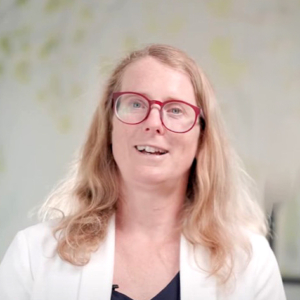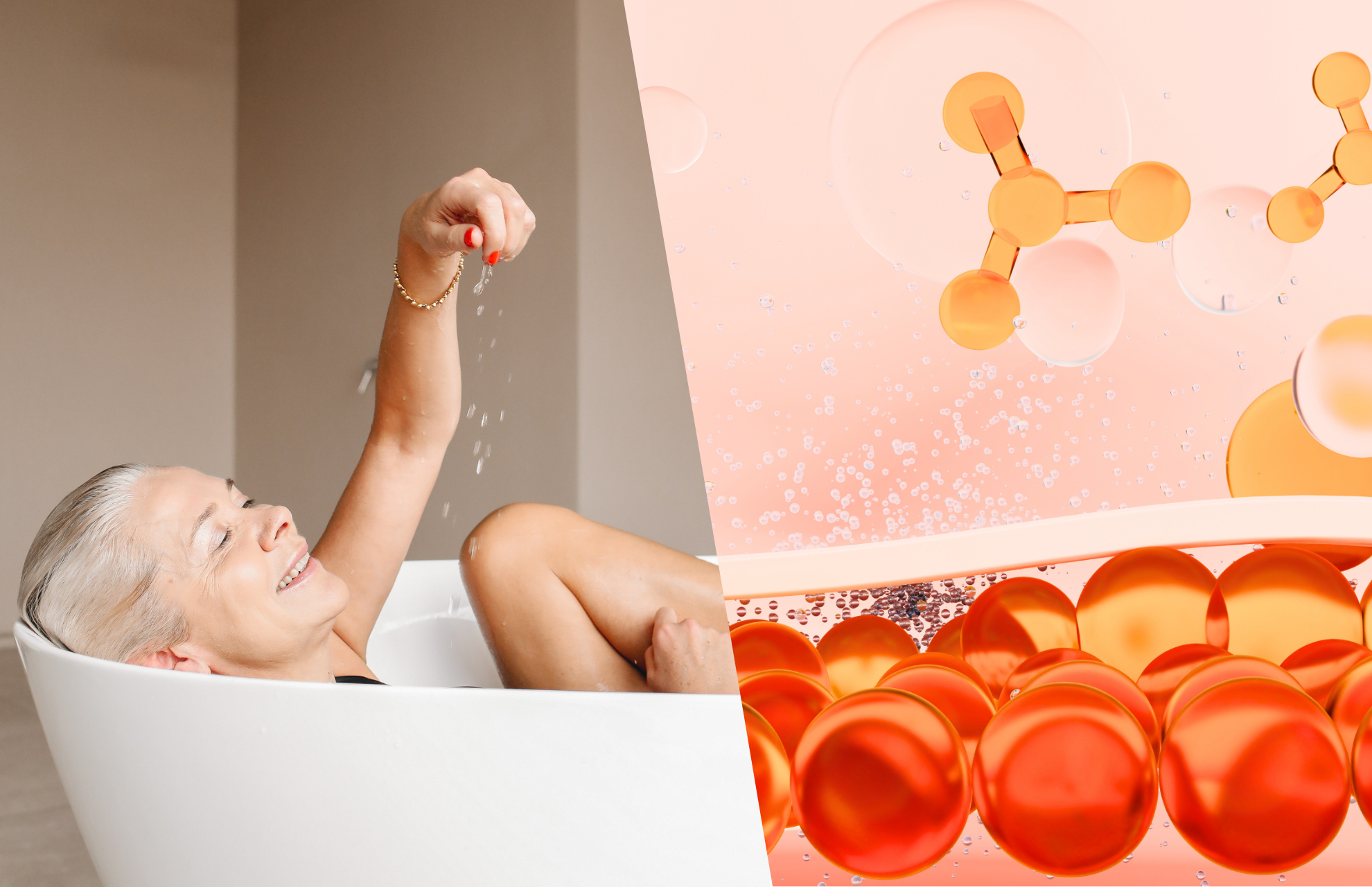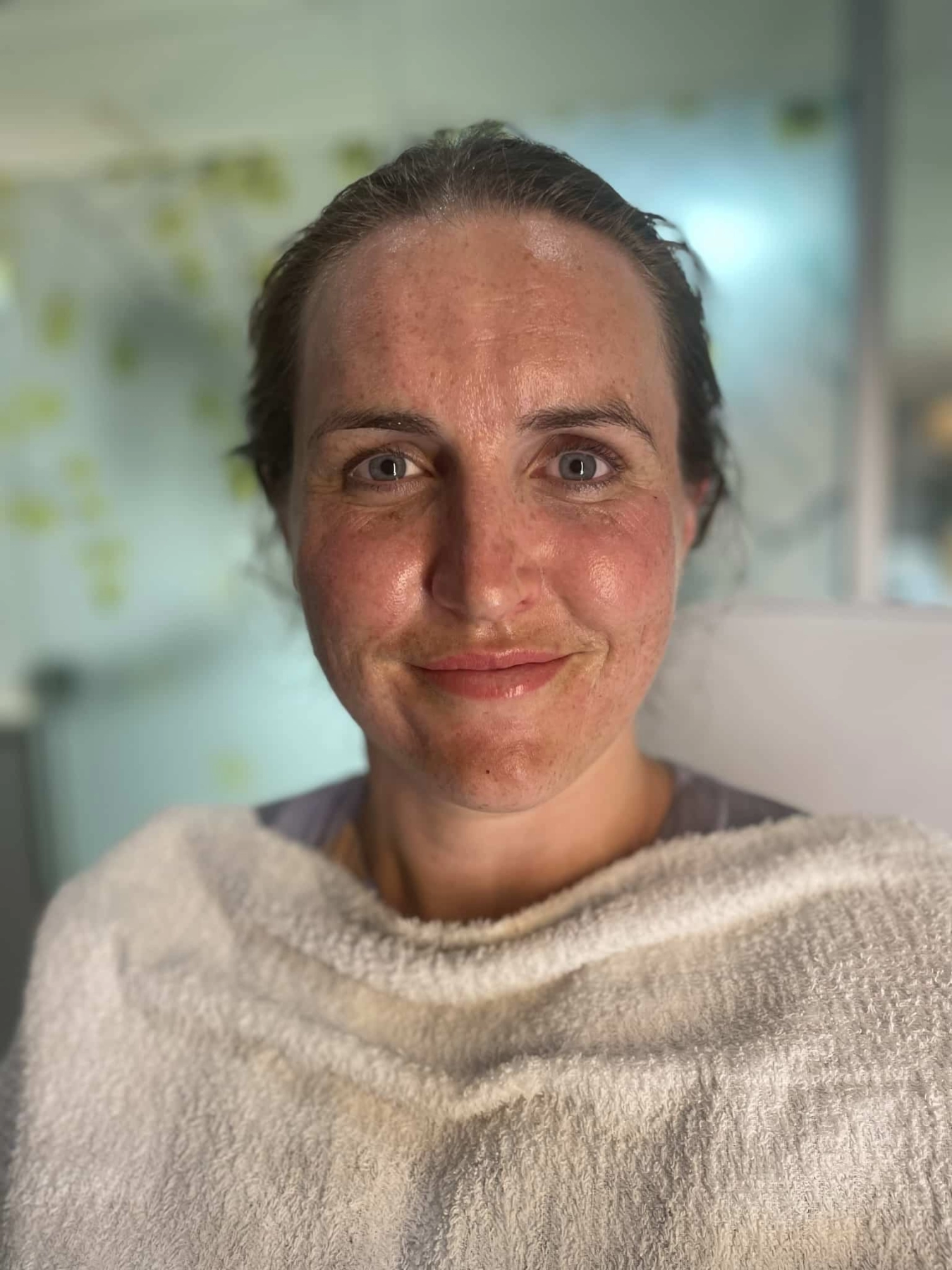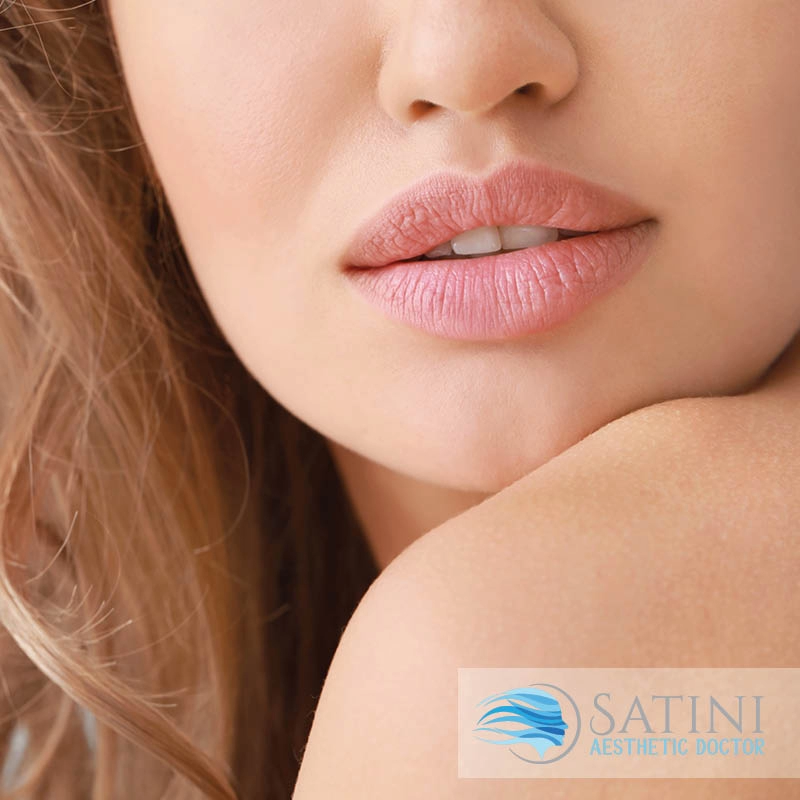Juvederm could cause more lumps compared to other dermal fillers
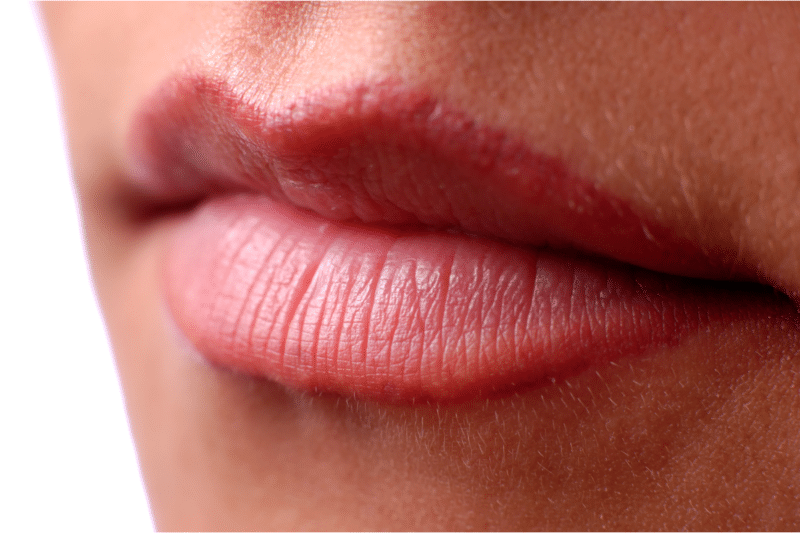
In the world of non-surgical cosmetic procedures, Juvederm has become a household name. This dermal filler has gained immense popularity for its ability to turn back the clock and enhance one’s natural beauty without the need for invasive surgeries. But, recently, a few cosmetic doctors have expressed concerns that this filler may cause more nodules and lumps compared to other fillers. Let’s take a closer look at that.
What is the issue with Juvederm?
Basically, doctors noticed that when they inject dermal filler of the Juvederm range, they seem to see more nodules a few weeks after they had treated a client. To further look into it, a Canadian clinic looked at all the medical files of people who had Juvederm filler. They found that over 68 months (a bit less than 6 years), they had performed 4,702 treatments and injected a total of 11,460 mL of Juvederm filler.
Twenty-three patients (0.5%) experienced delayed-onset nodules. This is 25 times higher than the normal risk of nodules expected after dermal filler, which is 0.02%.
Usually, it took approximately 4 months for the nodules to become noticeable and it took another 6 weeks for the nodules to go away. Very interestingly, a large number of these patients (39%) also had a cold or flu-like illness before they had the dermal filler treatment with Juvederm.
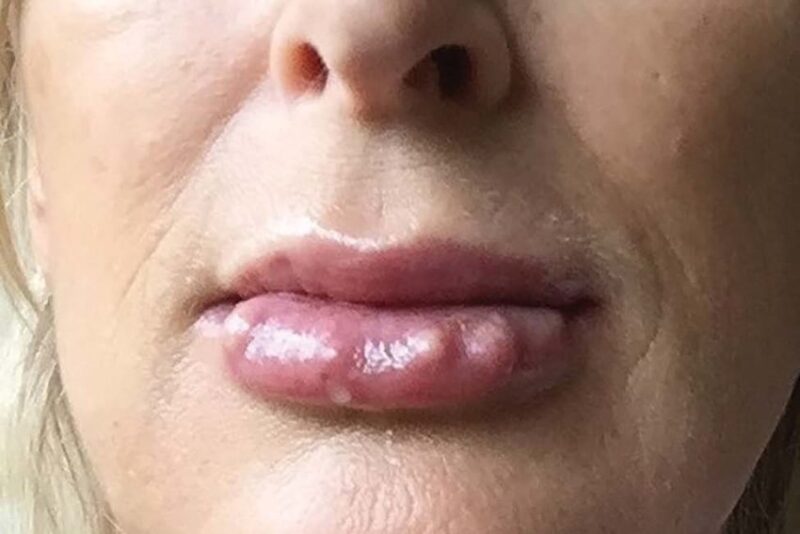
What is Juvederm Dermal Filler?
Juvederm is a brand of dermal filler. It is produced by Allergan (now aquisited by Abbvie), the same company that invented Botox.
Juvederm is a dermal filler that is made of hyaluronic acid and typically lasts between 9 to 18 months. The unique feature of that filler is that it is made with Vycross technology. The Juvederm range offers several different types of fillers. These are
- Voluma- a thick and highly lifting filler
- Volift- works best to fill deeper folds, such as the fold between the nose and the corners of the lips
- Volbella- thinner and more moldable
- Volux – works particularly well for the jawline
Why does Juvederm cause more lumps compared to other fillers?
Juvederm is a brand of dermal filler that contains hyaluronic acid (HA) as its active ingredient. While lumps and irregularities can occur with any dermal filler, there are several factors that may contribute to Juvederm causing more lumps. There are several theories as to why this may be happening:
- The technology it is produced with
- The proteins in the filler
So let’s have a proper look at what is different about Juvederm compared to other dermal fillers.
The “VYCROSS” Technology
As you may already know, dermal fillers are produced in a lab. Each dermal filler company tends to use its own patented technology to achieve the best treatment results. The company Allergan which produces Juvederm filler uses its own technology called the VYCROSS technology.
Many scientists think that the VYCROSS technology causes the problem with the nodules. To understand what the VYCROSS technology means, we have to really understand what the filler is made of. This brings us back to hyaluronic acid, the most important ingredient of most modern-day dermal fillers. So let’s have a closer look at what hyaluronic acid is and why it could cause lumps.
What is hyaluronic acid?
Hyaluronic acid is a gel that is found in many parts of our bodies. The gel is made of tiny, little sugar molecules and is colourless. It is absolutely fascinating, that this tiny molecule can attract more than 1000 times more water than its own weight.
This ability of hyaluronic acid to absorb so much water is amazingly beneficial for our skin. In fact, our skin contains more than 50% of all the hyaluronic acid we have in our bodies. This is the main factor that keeps our skin hydrated, plump and looking less wrinkly.
But hyaluronic acid does not only hydrate and plump the skin, it also helps regulate the immune system of the skin. Interestingly, the way hyaluronic acid interacts with the immune system depends on how big or small it is.
Large and small hyaluronic acid
There are two main types of hyaluronic acid. The large molecules of hyaluronic acid and the small molecules of hyaluronic acid. Interestingly, these are not just two variations of hyaluronic acid, but they also have very different tasks to fulfil in the skin.
Large hyaluronic acid molecules
- Suppress the immune system of the skin
Small hyaluronic acid molecules
- Send stress signals and ask the immune system to attack
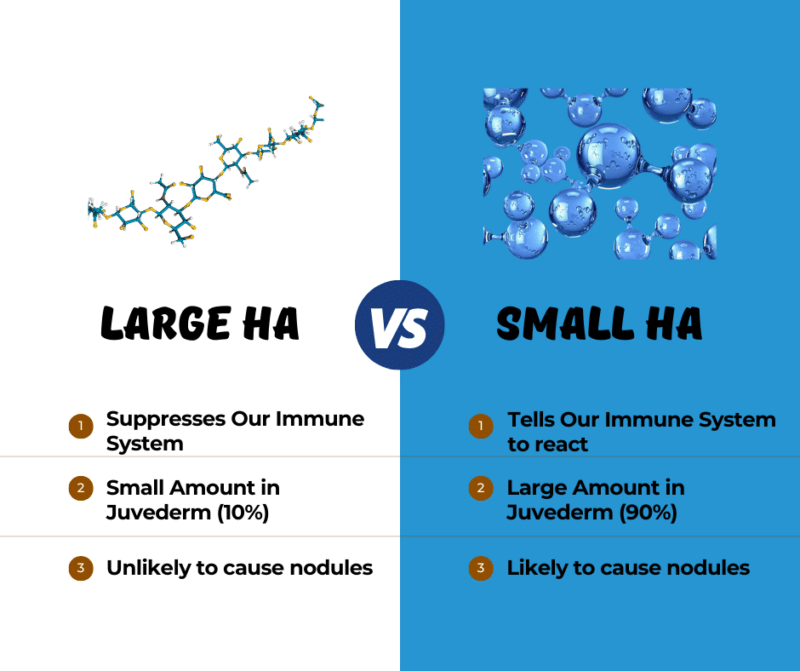
Why could the VYCROSS Technology cause lumps?
The unique difference of Juvederm compared to other dermal fillers is that it is made of only 10% large hyaluronic acid molecules and 90% small hyaluronic acid molecules. Remember, large molecules suppress the immune system and small molecules wake the immune system up. When the filler is injected under the skin, the small molecules can cause the immune system of the skin to overreact. As a result, many cells of the immune system will come together to try and clean up the filler. These cells can form a lump close to the filler.
What else could cause lumps after Juvederm?
Juvederm is a non-animal origin dermal filler. Like most modern dermal fillers, it is made with the help of streptococcal bacteria. Sometimes, proteins from these bacteria can be left in the filler and upset the immune system. Saying that, most dermal fillers are made with the help of streptococcal bacteria, and do not cause the same number of nodules or lumps. So this does not really explain why the Juvederm range causes more nodules or lumps compared to other fillers.
Can a recent cold or COVID make me more prone to nodules after Juvederm?
Yes. Several studies showed that when you have a recent cold or COVID-19 infection, you can develop lumps or nodules more easily after any dermal filler, including Juvederm. This is likely because the immune system is still overreacting from fighting the viral illness and attacks the dermal filler. The same can also happen after a recent dental treatment. We therefore recommend waiting for two or four weeks after a viral illness or dental treatment to make sure that you have fully recovered.
Can you treat the nodules after Juvederm or any other dermal filler?
Yes. The good news is that they can be treated but very often, you have to dissolve the dermal filler that causes the nodules. To do this, the doctor will use a fine needle and inject the enzyme “hyaluronidase” directly into the areas where the dermal filler needs to be dissolved. The enzyme works by breaking down the hyaluronic acid molecules in the filler, allowing your body to naturally absorb and eliminate them.
Your doctor may also decide to treat you with additional antibiotics and steroids.
In Summary
At this stage, we can be quite sure that Juvederm dermal filler causes more lumps compared to other dermal fillers. This is likely due to the VYCROSS technology it is produced with. Whereas the filler provides excellent treatment results and remains popular, you may want to make a well-informed decision about what dermal filler works best for you.
Book An Appointment At Satini Cosmetic Clinic
If you have any more questions about dermal filler treatments, please get in touch anytime.
Satini Cosmetic Clinic’s preferred dermal fillers are Stylage and Teoxane.
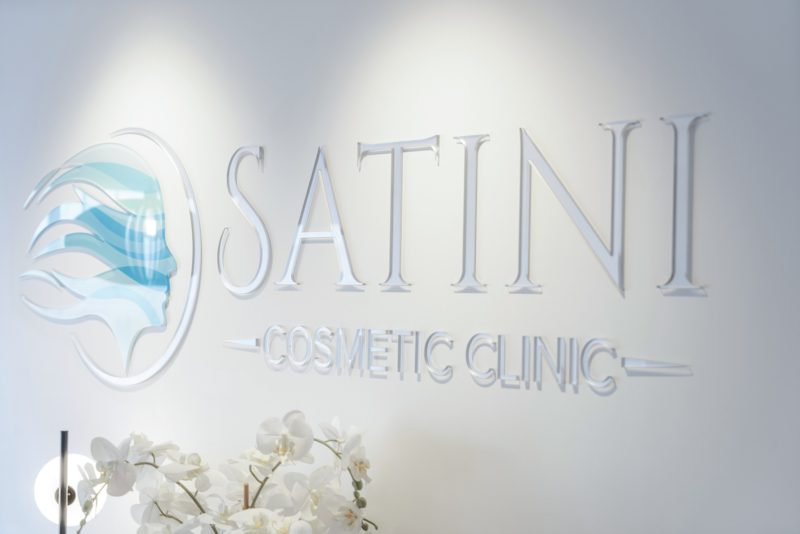
Dr Nadja Haub is a verified doctor at Realself.com. She answers questions about many different cosmetic procedures.
Please check here if you would look at what experiences other people have with cosmetic treatments.
Dermatologic Surgery 42(1):p 31-37, January 2016. Artzi, Ofir MD*; Loizides, Christoforos MD*; Verner, Ines MD†; Landau, Marina MD‡. Resistant and Recurrent Late Reaction to Hyaluronic Acid–Based Gel.
Delayed-onset nodules secondary to a smooth cohesive 20 mg/mL hyaluronic acid filler: cause and management.
Plast Aesthet Res 2023;10:41. Preeya Mehta1, Joy Li1, Julie Woodward2, Sandy Zhang-Nunes. Non-ischemic complications of dermal fillers
Find more information about the product here.

